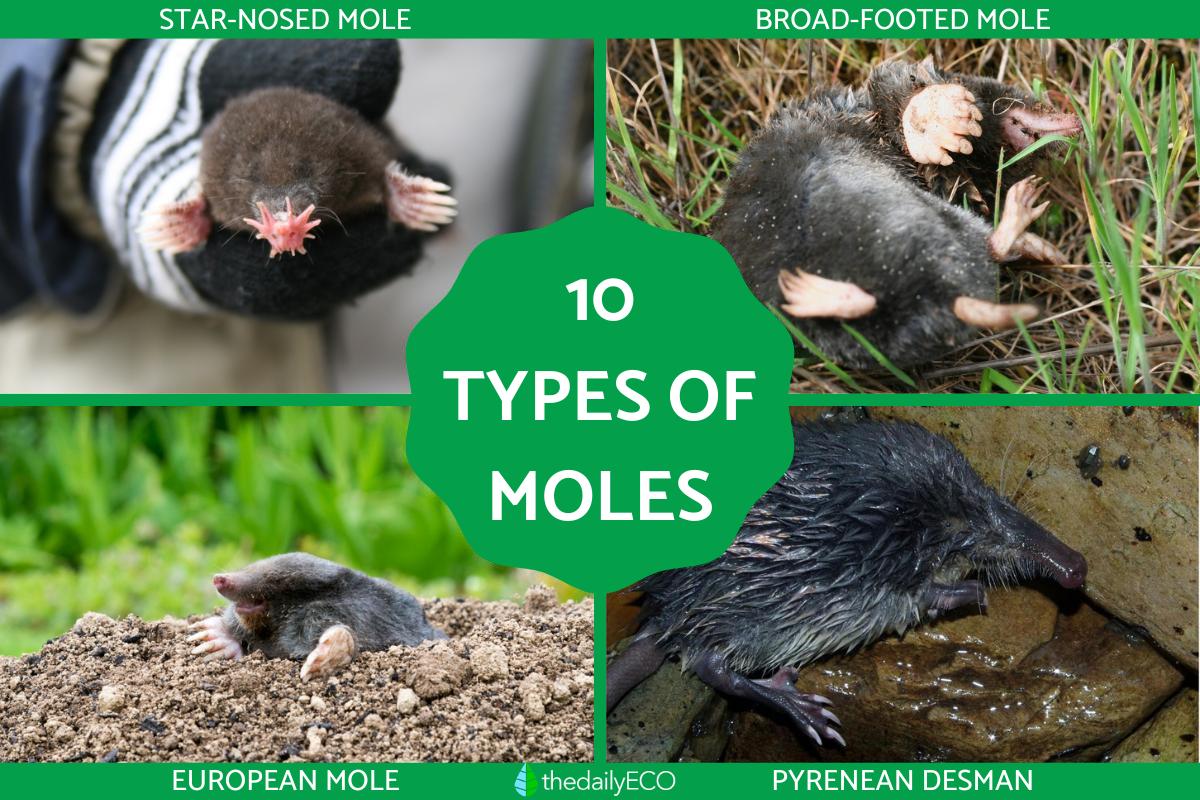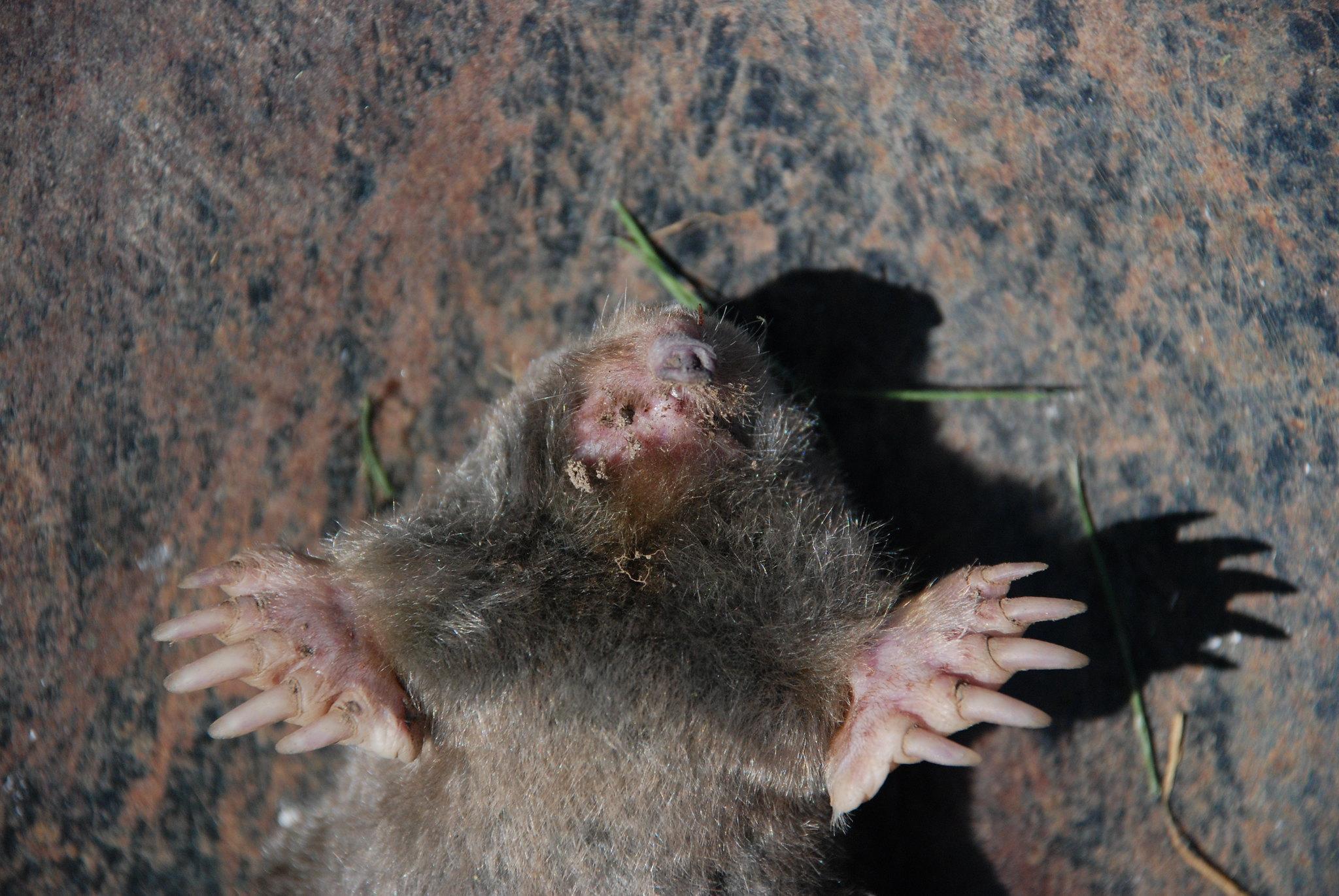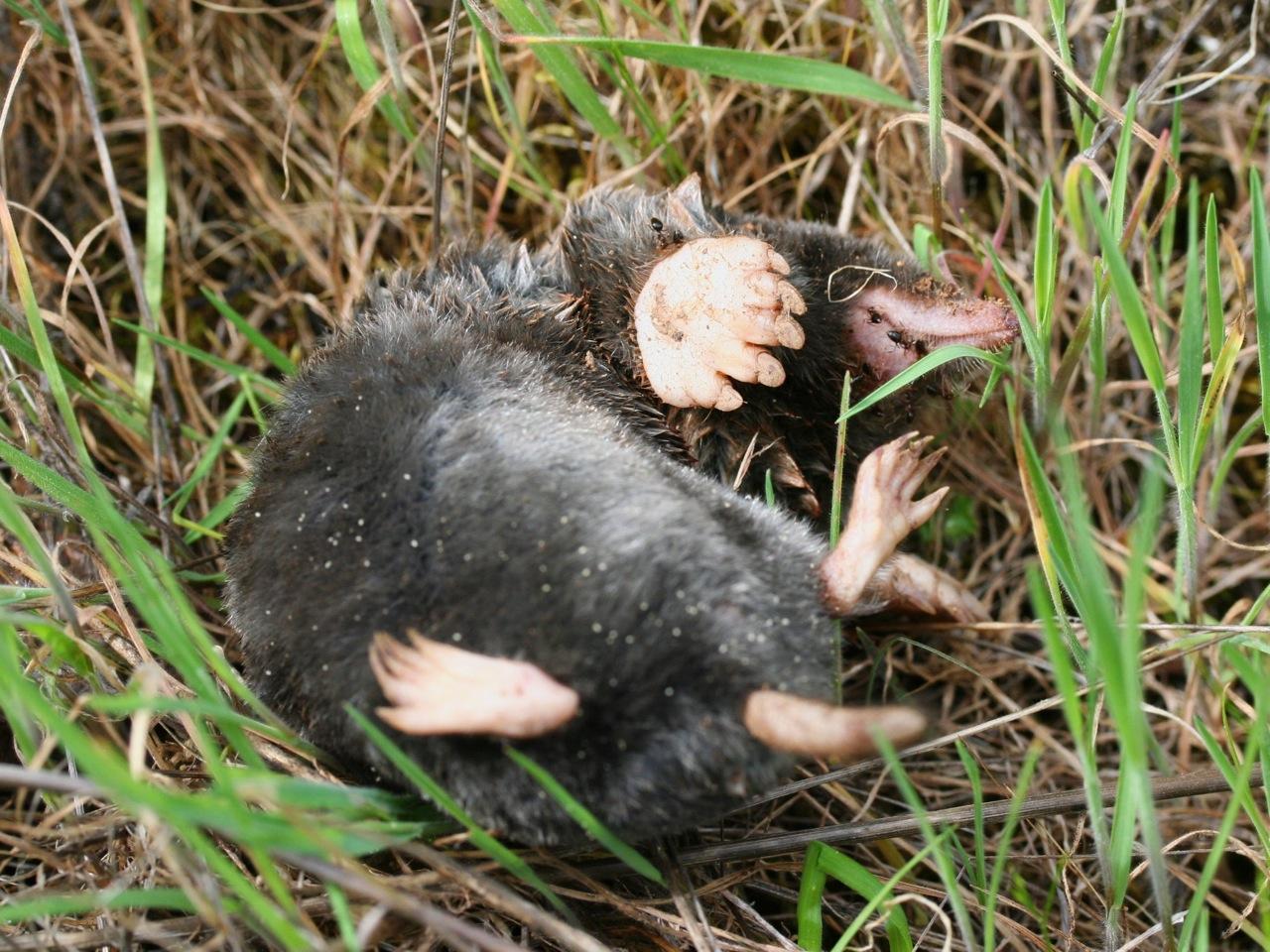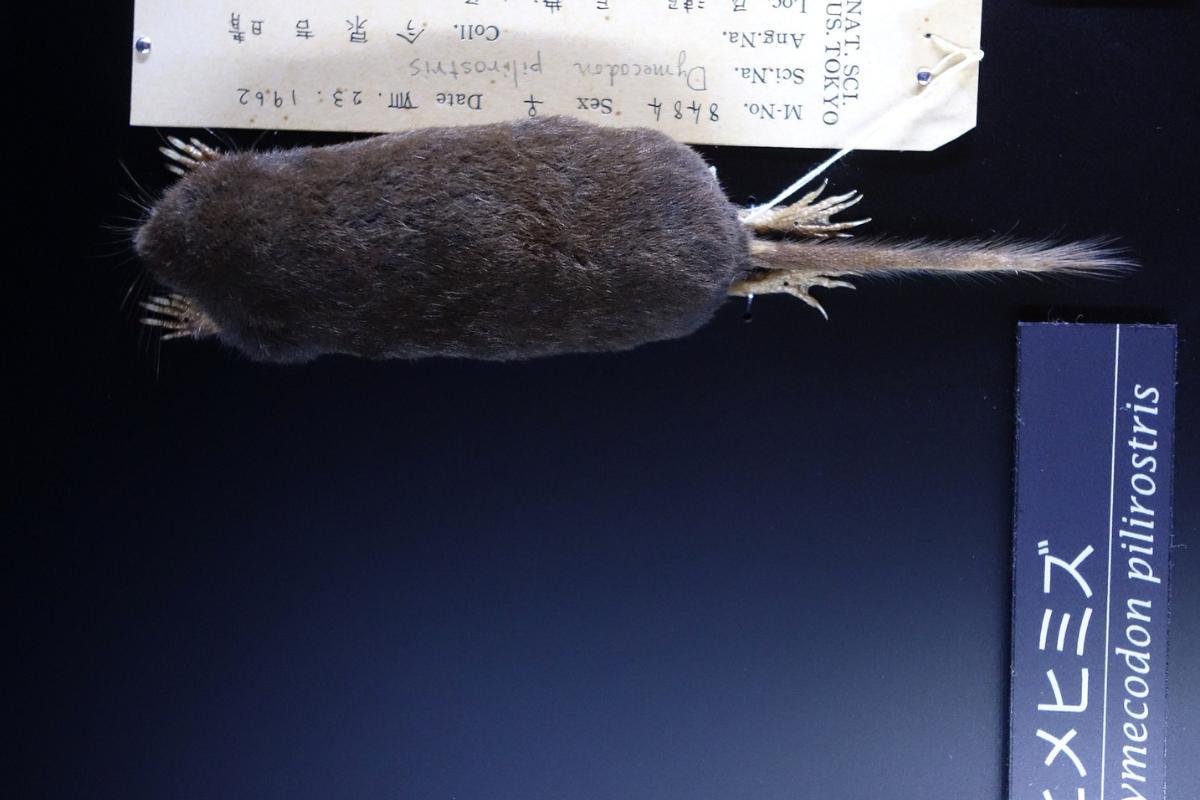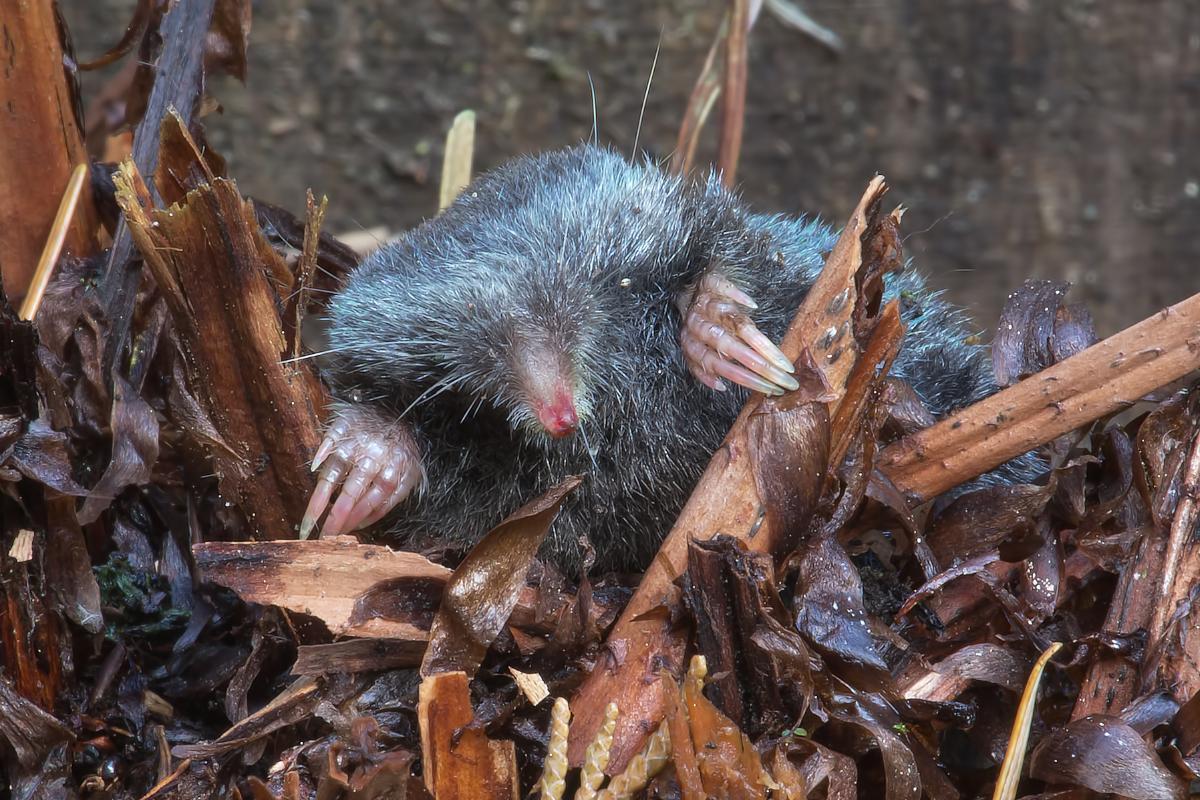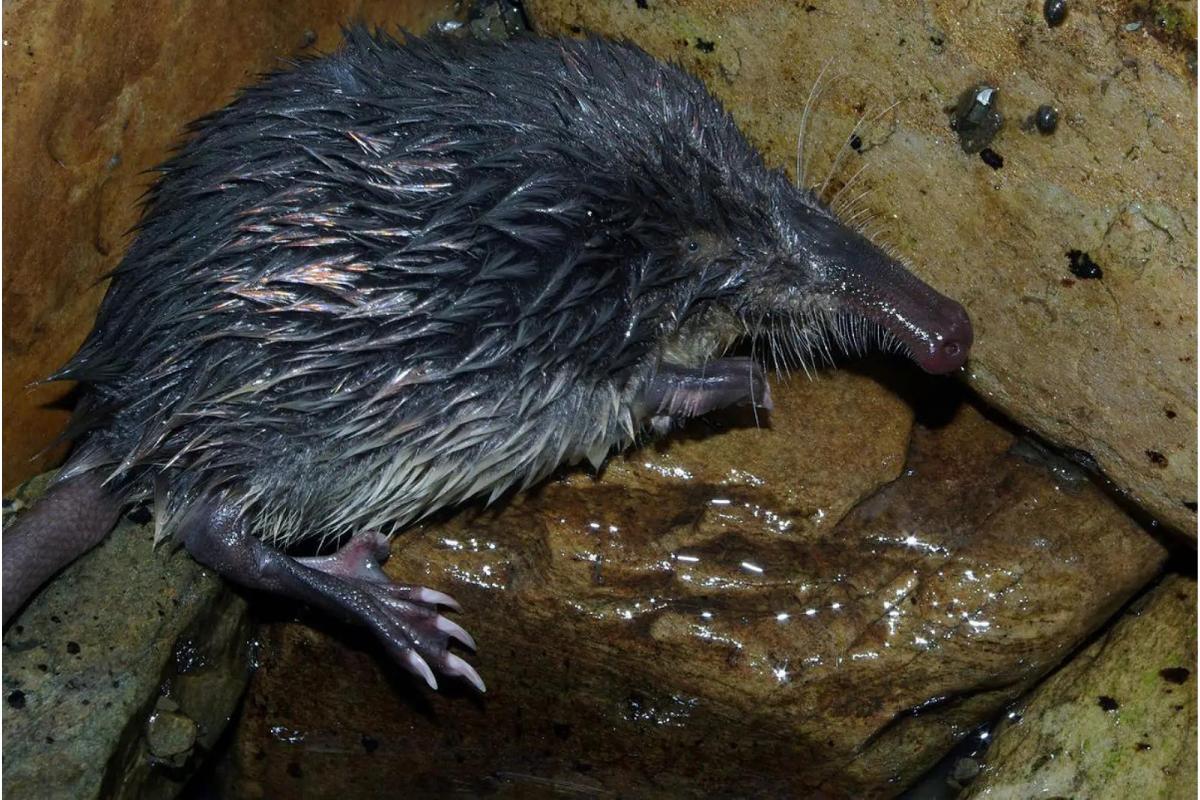Types of Moles (Animal)


Moles are small mammals that belong to the order Eulipotyphla and the family Talpidae. They are specially adapted to live much of their lives underground. Most only have poor vision, while some are completely blind. Other physical adaptations such as shovel-like paws allow them to burrow underground. On a molecular level, they are better equipped than most other animals to live in low-oxygen environments. They have a wide distribution, living in most areas of Asia, Europe and North America. Despite their similarities, there are many species of mole. thedailyECO shares 10 types of moles (animals) with photos so that you can have a better idea of their diversity.
- Star-nosed mole (Condylura cristata)
- Hairy-tailed mole (Parascalops breweri)
- Common mole (Scalopus aquaticus)
- Broad-footed mole (Scapanus latimanus)
- Long-tailed mole (Scaptonyx fusicaudus)
- European mole (Talpa europaea)
- Iberian mole (Talpa occidentalis)
- True's shrew mole (Dymecodon pilirostris)
- American shrew mole (Neurotrichus gibbsii)
- Pyrenean desman (Galemys pyrenaicus)
Star-nosed mole (Condylura cristata)
Looking in the photo below, we an see the star-nosed mole is not only one of the oddest-looking types of mole, it has a face unlike almost any other creature in nature. Although they do have eyes, they are functionally blind, meaning they cannot see in the underground habitats of North America where they are found. To navigate their environment, they have specialized sensory organs on their skin known as Elmer's organs. They do so by converting touch into electrical signals that allow neurons to create a map of their environment.
Star-nosed moles are relatively small, about the size of a domestic hamster. They have dense and dark grey fur, with sharp claws to help them dig. They also have the distinction of being the fastest-eating mammals in the world, being able to detect whether prey is edible and then consume it in a matter of milliseconds[1].

Hairy-tailed mole (Parascalops breweri)
Moving from nose to tail, the next on our list of types of mole animals is the hairy-tailed mole. Also known as Brewer's mole, this is another North Amerian mole living in the wooded and open areas with dry, eroded soils in southeastern Canada and the northeastern United States. Their ears are internal and their eyes are covered in fur, making them blind and practically deaf. Despite this, they are adept hunters, foraging for insects and other invertebrates near the top of the soil in summer and deeper underground in winter.

Common mole (Scalopus aquaticus)
Also known as the eastern mole, the common mole has a habitat ranging from northern Mexico to Canada. They have a gray-brown topcoat and silver-gray underparts. Their nose is pointed and they have a short tail. They can live in both open areas and various types of forest. As you can see in the photo, each paw is about the size of their head, allowing them to shift a lot of soil and dirt as they search for worms, grubs and insects to eat.

Broad-footed mole (Scapanus latimanus)
Our next type of mole animal is also known for its large paws. The broad-footed mole is endemic to the United States. Although they were once thought to have a wider range, what were once considered subspecies are now distinct and separate species.
This mole type excavates tunnels that lie deep beneath the surface, removing excess soil through tunnels that extend laterally and vertically to the surface. It is distinguished from other species of the genus Scapanus by its short, soft coat, which varies in color from dark brown to silver, with a plush and uniform texture.

Long-tailed mole (Scaptonyx fusicaudus)
The long-tailed mole is the only member of the genus Scaptonyx. It is found in the People's Republic of China, Burma and Vietnam. Although very small, it is a true mole and appears to live completely underground. It prefers high altitudes between 2,000 and 4,100 meters above sea level, inhabiting montane coniferous forests with moist, loose soils. It digs shallow burrows that are distinguished by their small diameter compared to other larger Chinese moles. It is not known if it can adapt to habitats outside of forests.

European mole (Talpa europaea)
The common or European mole has a population distribution that extends from western Europe to the Obi and Irtysh rivers in Siberia. It has a cylindrical body that reaches a length of about 4-6" (10-15 cm) in length, with a small tail of approximately 1.1" (3 cm). The head is characterized by a pointed snout, very small eyes and the absence of visible ears. It prefers habitats such as deciduous forests, meadows, fields, plains and even home gardens. Its altitudinal range goes from coastal areas to 2,400 meters above sea level.

Iberian mole (Talpa occidentalis)
Another type of mole found in Europe, this one has a population distribution limited to Spain and Portugal, i.e. the Iberian Peninsula. Specifically, they live mostly in the west and central Iberian Peninsula. They build burrows resulting in molehills that can appear in meadows, irrigated crop fields and other land with loose soil. This can be problematic for the agricultural industry. They stand out for their elongated skull and white hairs on their hands and snout.
Learn more about hazards in farming with our article on what are agrochemicals in agriculture?

True's shrew mole (Dymecodon pilirostris)
Sometimes known as the lesser Japanese shrew mole, this type of mole animal is endemic to Japan. It lives mainly in terrestrial habitats such as forests, shrublands and grasslands. They are noted for having a large incisor in the front of their mouths, something they use to aid in digging through soil. They have dark brown scales on their paws and measure about 2.5" (6.5 cm) in length, excluding the tail.

American shrew mole (Neurotrichus gibbsii)
Also known as the Gibb's shrew mole, this small underground mammal lives mainly in the western United States and British Columbia in Canada. In Washington state, they have most habitats with soft soils and little grass. In Oregon, they are most commonly found in riparian alder scrub and salmonid areas. Occasionally they can be found in mature and immature conifer habitats, as well as in cabbage marshes, wet grasses, promontory meadows and promontory scrub.

Pyrenean desman (Galemys pyrenaicus)
The last on our list of types of moles isn't technically a type of mole, but they are closely related. They are still in the family Talpidae, but are of the tribe Desmanini. All desmans have the unfortunate distinction of being endangered. The Pyrenean desman is under threat due to the introduction of invasive species, habitat changes and climate change. The front part of its body resembles that of its mole cousins with front legs adapted to excavate the ground and build burrows where it raises its young and protects itself from predators.
Learn about the naked mole rat, an animal which is also not actually a type of mole, with our article on whether all animals feel pain.

If you want to read similar articles to Types of Moles (Animal), we recommend you visit our Wild animals category.
1. Catania, K. C., & Remple, F. E. (2005). Asymptotic prey profitability drives star-nosed moles to the foraging speed limit. Nature, 433(7025), 519–522.
https://doi.org/10.1038/nature03250





